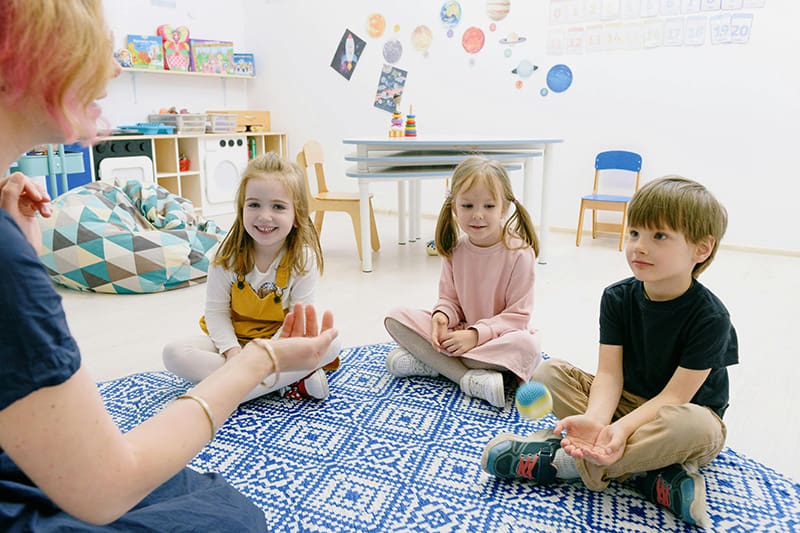The /w/ sound is considered a glide or a semivowel sound by speech-language pathologists. In other words, /w/ sounds a lot like a vowel and sometimes even acts like one, even though it is technically a consonant. To make a /w/ sound, form a tight circle with puckered lips brought out and away from your face. With your lips in this position, produce a sound with your vocal cords while holding the back of your tongue towards the roof of your mouth, near the back.
It sounds complicated, but the /w/ sound is actually one of the earlier sounds that kids typically begin to master. Normally a child will start using /w/ around age 2 and should have a solid grasp on it by 3 years. If your child is still unable to produce the sound or has trouble using it in simple words by age 4, it is highly recommended that you seek the intervention of a licensed speech-language pathologist who can help your child get back on track. Remember: the sooner you identify a problem, the easier it is to correct and the less likely it is to affect your child’s ability to affect other sounds. That said, it is common and natural for children to interchange the /r/ sound for the /w/ sound, such as saying “wabbit” or “wight” for “rabbit” or “right” through ages 6-7.
Here are some fun ways to help engage your child while practicing the /w/ sound:
- Verbal cues
When you practice with your little one, it is important to demonstrate the sound clearly and correctly so that your child understands the sound and has an accurate source to imitate. Slowly make the /w/ sound for your child, exaggerating the movement on your mouth. Repeat this until your child begins to imitate you. Once they have mastered the individual sound, try combining it with vowels to form simple syllables, like “we, we, we” and “ew, ew, ew”.
- Visual Cues
When your mouth makes the /w/ sound, it happens to look a lot like you are about to kiss someone. Begin by practicing kisses with your little one and focusing on helping her to bring her lips together in a tight ‘O’. Blow kisses, kiss the air, kiss each other. Then point to your lips and make a new sound – the /w/ sound.
- Tactile Cues
The /w/ sound is also a voiced sound. This means that it vibrates your vocal cords when you say it. Put your hand on your throat as you make the /w/ sound to feel this, and let your little one put their hand on your throat too. Then encourage her to place her hand on her own throat as she says the sound.
After your child masters the sound and syllables with the /w/ sound, try practicing some words with your child. Find objects around your house or while walking through the grocery store that begin with /w/. For even more help, use this bright worksheet of simple /w/ words created by the popular and acclaimed blog www.mommyspeechtherapy.com.












